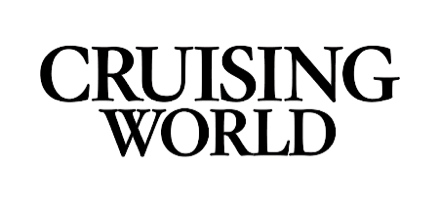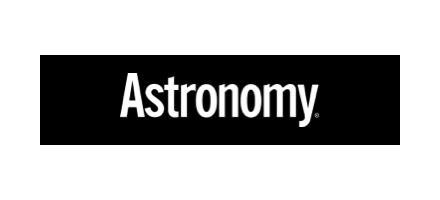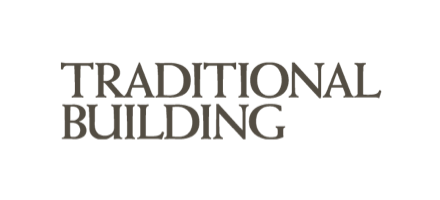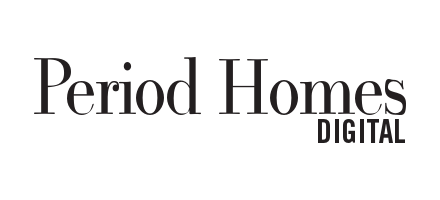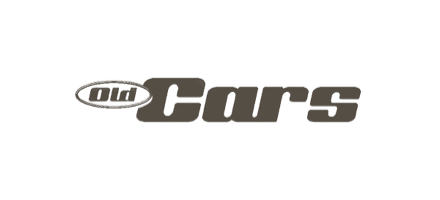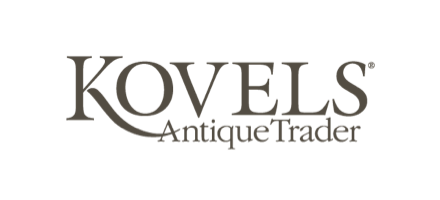Get Found Everywhere
Designed for discoverability, powered by AI
Supercharge your content by driving new traffic via ChatGPT and other LLMs while providing a rich and personalized UX

For monetized websites, discovery is EVERYTHING
Static sites reliant on traditional search struggle to retain traffic, revenue, and trust
In other’s words:
The Flexpress Platform: Performance —> Growth
Grow audience 2-3x
Flexpress is built to get new visitors to your content:
- Headless architecture optimized for readers and search
- Web schema for improved domain rank and LLM discoverability
- Syndication controls that boost traffic and earnings
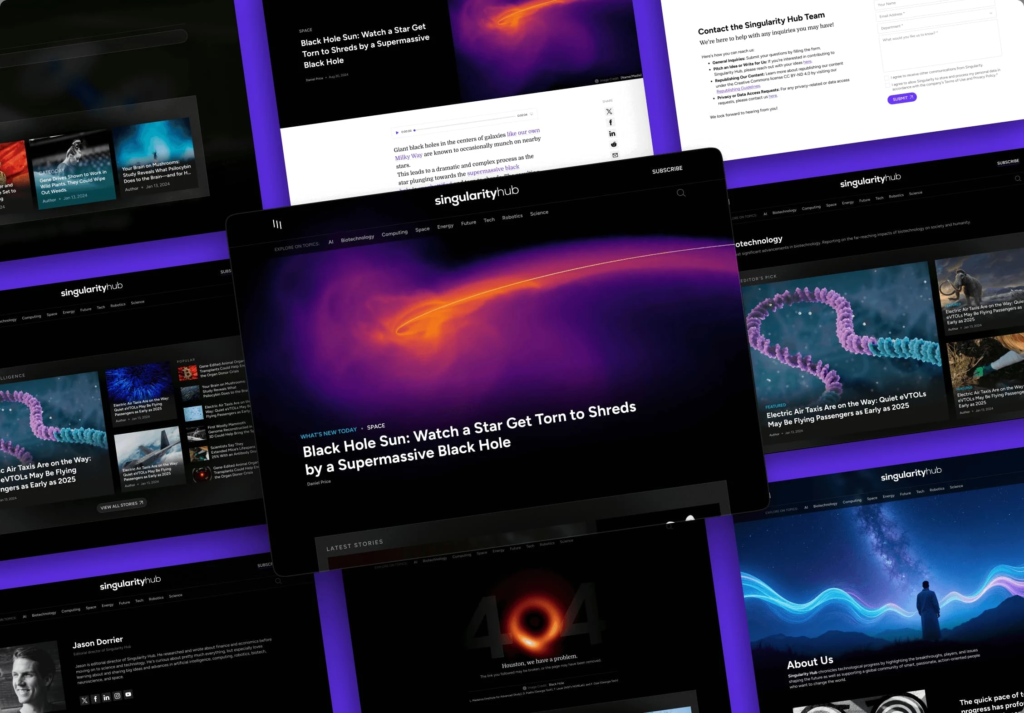

New Visitors = More Revenue
AI-enabled monetization tools drive the highest RPM in the business
- ‘No-code’ ad configuration eliminates costly engineering
- Personalized ad experiences enabled via AI increase RPM
- Security, uptime, SEO optimization create the ultimate revenue playbook
Talk to your Data
Flexpress Analytics directly connects audience to revenue:
*New* LLM driven analytics.
- Analyze audience and revenue by article, URL, and category
- Build your own privatized AI agent to talk analytics in real time
- “Ask and Receive” conversational LLM eliminates messy spreadsheets
“What was my best performing article over the last 30 days?”

”What excites me is that Flexpress gives me freedom to test my own ideas of how to best balance revenue and reader experience.
Drew WhitcombCo-Founder, WearTesters
Treat your content as a business
Flexpress is more than a CMS, its productivity:
- WordPress interface provides familiar editorial experience
- Out-of-the-box API integrations into 100s of media partners
- Deploy content across any social channel
Reduce Eliminate engineering overhead
Focus on your content and leave the details to us:
- Premium Database and Hosting with white-glove service
- Headless React & Next.js frontend for total design creativity
- Multi-Layered Cache, DDOS prevention and unlimited storage














